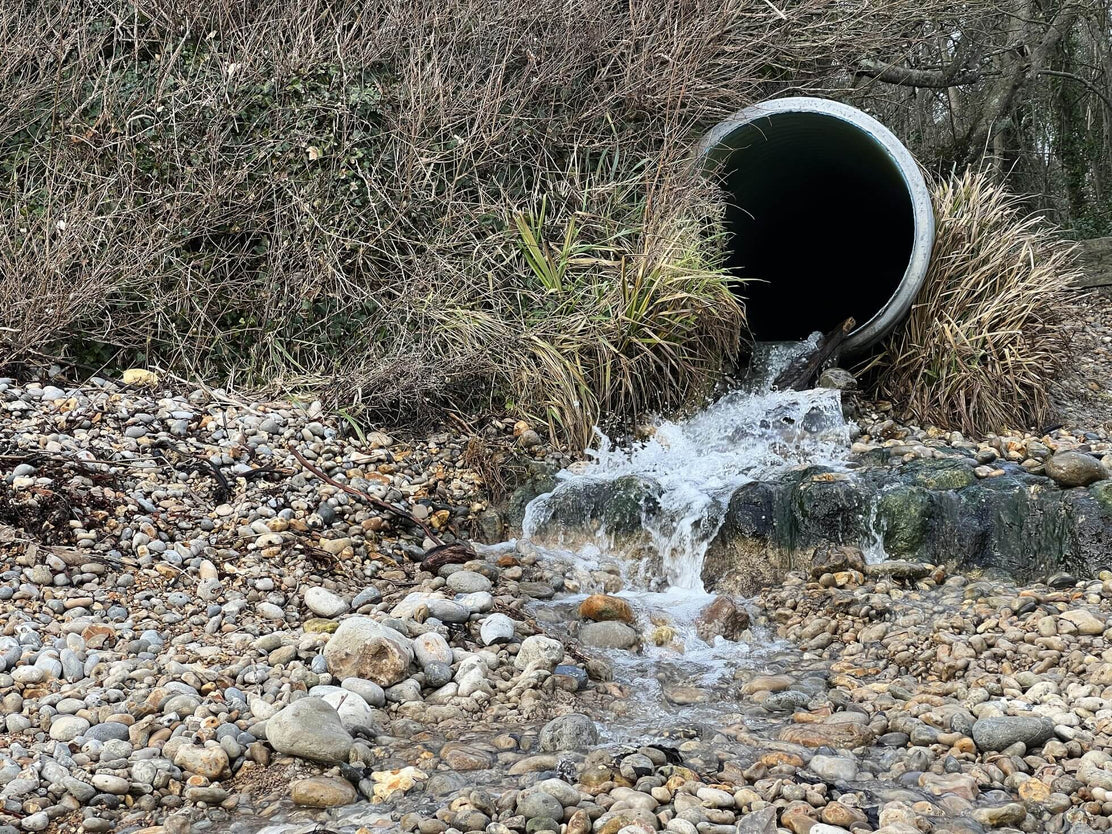Specialist Liquid Waste Removal Melbourne: Maintaining Your Environment Clean
Specialist Liquid Waste Removal Melbourne: Maintaining Your Environment Clean
Blog Article
How Fluid Garbage Disposal Works: An In-depth Introduction of Techniques and Technologies Employed

Overview of Liquid Waste Types
The intricacy of liquid waste types requires a thorough understanding of their characteristics and effects for disposal. Liquid waste can generally be categorized into numerous kinds, consisting of industrial, community, agricultural, and dangerous waste. Each group exhibits distinct residential properties, needing certain administration methods to mitigate environmental and wellness dangers.
Industrial fluid waste originates from making processes and typically consists of a series of pollutants, such as hefty metals, solvents, and natural compounds. Metropolitan fluid waste, primarily making up wastewater from houses and industrial establishments, consists of natural matter, nutrients, and microorganisms (industrial wastewater treatment). Agricultural fluid waste, including overflow from ranches, might include plant foods, pesticides, and pet waste, posturing risks to water quality and ecological communities
Dangerous liquid waste is characterized by its poisoning, reactivity, or potential to cause injury. Comprehending these diverse fluid waste kinds is vital for creating efficient disposal methods and ensuring compliance with environmental regulations.
Physical Treatment Methods

Testing is the preliminary step, where bigger particles and debris are removed from the liquid waste using screens or grates. In sedimentation containers, heavier fragments work out at the bottom, forming a sludge layer, while the cleared up liquid can be more dealt with.
Filtration is another essential approach that includes passing the fluid through porous products, such as sand or membrane layers, to capture smaller particles. This action boosts the high quality of the fluid, making it appropriate for subsequent therapy procedures.

Chemical Treatment Strategies
Chemical treatment strategies are important for effectively managing liquid waste, specifically in attending to liquified and colloidal contaminants that physical approaches might not properly eliminate. These strategies make use of numerous chemical representatives to neutralize, precipitate, or transform unsafe substances right into much less dangerous kinds.
One usual technique is coagulation and flocculation, where chemicals such as alum or ferric chloride are contributed to promote the aggregation of suspended bits. This process boosts sedimentation, permitting easier removal of the resulting sludge. In addition, oxidation processes, using agents like chlorine or ozone, are used to damage down complicated natural substances and microorganisms, making the waste much safer for discharge or more therapy.
Neutralization is one more crucial technique, which adjusts the pH of acidic or alkaline waste streams to neutral degrees, avoiding prospective harm to downstream systems and the setting. In addition, advanced oxidation processes (AOPs) make use of combinations of oxidants and ultraviolet light to weaken consistent toxins, accomplishing a higher degree of treatment effectiveness.
Biological Treatment Processes
Biological treatment processes play a critical function in the administration of liquid waste by using microorganisms to disintegrate organic matter and decrease pollutant degrees. These processes can be extensively categorized into cardio and anaerobic treatments, each using certain microbial neighborhoods to accomplish reliable waste destruction.
Cardio treatment includes using oxygen to assist in the malfunction of redirected here natural materials by microorganisms. This process is generally applied in activated sludge systems, where oygenation containers give a helpful atmosphere for microbial development, causing the oxidation of organic contaminants. The resultant biomass can be divided from treated great post to read effluent via sedimentation.
On the other hand, anaerobic treatment occurs in the absence of oxygen, relying upon different microorganisms to break down raw material. This technique is specifically helpful for high-strength waste, as it generates biogas, a sustainable energy source, while minimizing sludge manufacturing. Technologies such as anaerobic digesters are regularly utilized in local and commercial applications.
Both cardiovascular and anaerobic organic treatments not only lessen the ecological impact of fluid waste yet additionally facilitate resource recuperation, making them crucial parts of sustainable waste management strategies. Their efficiency, flexibility, and performance sustain their extensive implementation across various industries.
Emerging Technologies in Disposal
Ingenious methods to liquid waste disposal are swiftly advancing, driven by improvements in innovation and an enhancing emphasis on sustainability. Among these emerging modern technologies, membrane bioreactors (MBRs) have gotten traction for their capacity to incorporate biological therapy with membrane layer filtration, resulting in high-grade effluent that can be recycled in numerous applications. MBRs enable smaller footprints and much more effective procedures contrasted to conventional systems.
One next more appealing advancement is using anaerobic food digestion incorporated with nutrient recuperation innovations, which not only treats liquid waste but likewise produces biogas and recuperates useful nutrients like nitrogen and phosphorus. This twin advantage improves resource effectiveness and decreases environmental effect.
Furthermore, advanced oxidation processes (AOPs) are being adopted for the degradation of complex organic pollutants. These approaches make use of effective oxidants and drivers to break down contaminants at the molecular level, providing a highly effective solution for tough waste streams.
In addition, the integration of fabricated knowledge and maker discovering in waste administration systems is optimizing functional performance and anticipating maintenance, resulting in reduced prices and enhanced environmental conformity. These modern technologies show a considerable shift in the direction of more lasting and effective fluid waste disposal practices.
Verdict
In verdict, effective liquid waste disposal demands an extensive understanding of different strategies and technologies. By constantly progressing these techniques, it ends up being feasible to address the growing difficulties connected with fluid waste, inevitably contributing to ecological defense and source recovery.
Liquid waste disposal is a vital facet of environmental monitoring, calling for a comprehensive understanding of different techniques and modern technologies customized to various waste kinds. Fluid waste can broadly be categorized into a number of kinds, consisting of industrial, local, farming, and harmful waste. Agricultural fluid waste, including overflow from farms, may consist of plant foods, pesticides, and animal waste, posing risks to water quality and environments.
Different physical treatment techniques play an important duty in taking care of fluid waste successfully - industrial wastewater treatment.In final thought, efficient liquid waste disposal requires an extensive understanding of numerous methods and innovations
Report this page